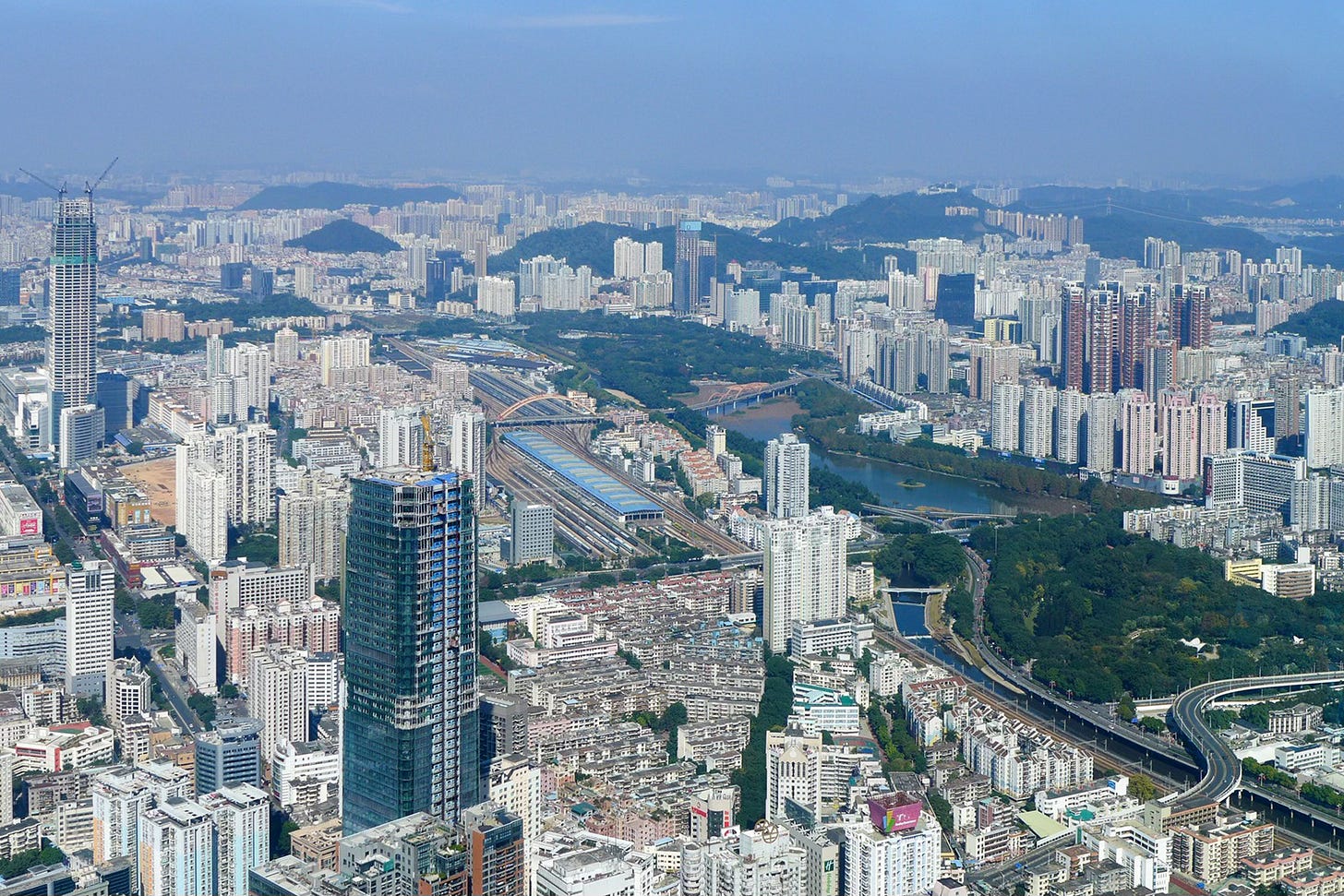The Digital Silk Road and the Great Firewall
Most of us still think of the internet as a single global network, a shared space where ideas, data, and commerce move freely. That’s no longer true. The web is fragmenting into rival systems, divided by politics as much as by code. Washington is fighting over TikTok, Brussels is writing new AI laws, and Beijing is exporting its own model of a tightly controlled online world.
That model, known at home as the Great Firewall, has kept Western apps like Google, X, and YouTube out of China. Behind it, Chinese users live inside a parallel internet where information can be filtered, censored, and steered by the state. Now, through a program called the Digital Silk Road (DSR), China is turning that system outward.
A New Kind of Global Infrastructure
Launched in 2015 as part of the Belt and Road Initiative, the Digital Silk Road started as a plan to build telecommunications links, including 5G networks, fiber-optic cables, satellites, and data centers, across Asia, Africa, and Latin America. It was marketed as “connectivity for all,” but the strategic goal was clear: to make China the backbone of the developing world’s digital future.
For many countries, the offer is hard to refuse. Chinese financing comes quickly, with few political strings attached. Huawei and ZTE can deliver full 5G networks in months. Chinese cloud-computing firms build data centers that double as e-commerce hubs. And Beijing often bundles training, AI software, and cybersecurity services along with the hardware. It’s a full digital ecosystem, exported wholesale.
What’s changed in recent years is scope. The Digital Silk Road is now in its second decade and has become the most active wing of China’s foreign policy. While traditional Belt and Road projects like ports and railways have slowed, digital projects are booming. Beijing has found that influence built through servers and software can be longer-lasting than physical infrastructure.
The Great Firewall
Inside China, the Great Firewall serves three purposes: censorship, surveillance, and control of data. It keeps out foreign competition, protects domestic tech champions, and gives the government leverage over how information circulates. The Digital Silk Road extends those same dynamics abroad.
Chinese-built networks often rely on proprietary software and security standards, which give Beijing a say, or at least visibility, into how data moves. In some countries, Chinese companies provide surveillance systems for city governments or police forces, marketed as “smart-city” tools. The result is that China’s rules for how the internet should work are gaining ground far beyond its borders.
This mirrors what’s happening in reverse in the United States. Washington’s anxiety over TikTok is, in many ways, a mirror image of Beijing’s long-standing suspicion of Western platforms. Chinese law could compel TikTok’s parent company, ByteDance, to share user data if asked, and U.S. lawmakers see that as a national-security risk.
But to China, the U.S. concern looks familiar: it’s the same argument China has used for years to keep American tech companies out. And, given China’s actual use of digital platforms as covert surveillance and intelligence tools, its a legitimate concern.
The difference is strategic intent. China planned its digital isolation to nurture homegrown tech giants. Think of it as a kind of digital protectionism. The U.S. is improvising a response as those same giants expand globally. What’s emerging is not a temporary dispute but a structural divide: both powers are now walling off parts of the internet from each other.
China’s Digital Expansionism
Across Africa and the Middle East, Huawei and ZTE are building 5G networks that power everything from mobile banking to e-government services. In Southeast Asia, Chinese cloud providers like Alibaba and Tencent are hosting data for regional businesses. In Latin America, new DSR projects promise “digital inclusion,” but also extend Beijing’s reach into local telecom and satellite systems.
At the same time, the United States and its allies are trying to counter these moves with their own initiatives. If current trends continue, the world could end up with two loosely divided digital spheres. One would run largely on Western platforms run by America’s capitalist tech giants, like Apple, Google, Microsoft, Amazon, regulated through privacy laws and market competition.
The other would depend on Chinese hardware and software, operating under the principle of “cyber sovereignty,” where each country decides the rules of engagement for the internet within its borders. A more likely outcome is a patchwork: hybrid systems that combine Western apps with Chinese infrastructure, especially in developing countries that can’t afford to pick sides. But even that middle ground erodes the idea of a single global internet.
This digital divide will shape more than tech policy. It determines who controls global data flows, who sets the standards for AI and cybersecurity, and ultimately, who holds the power in the information age. The Digital Silk Road is a blueprint for a new kind of global influence. The Great Firewall once kept the world out of China. Now, through the Digital Silk Road, China is bringing its own walls to the world.




